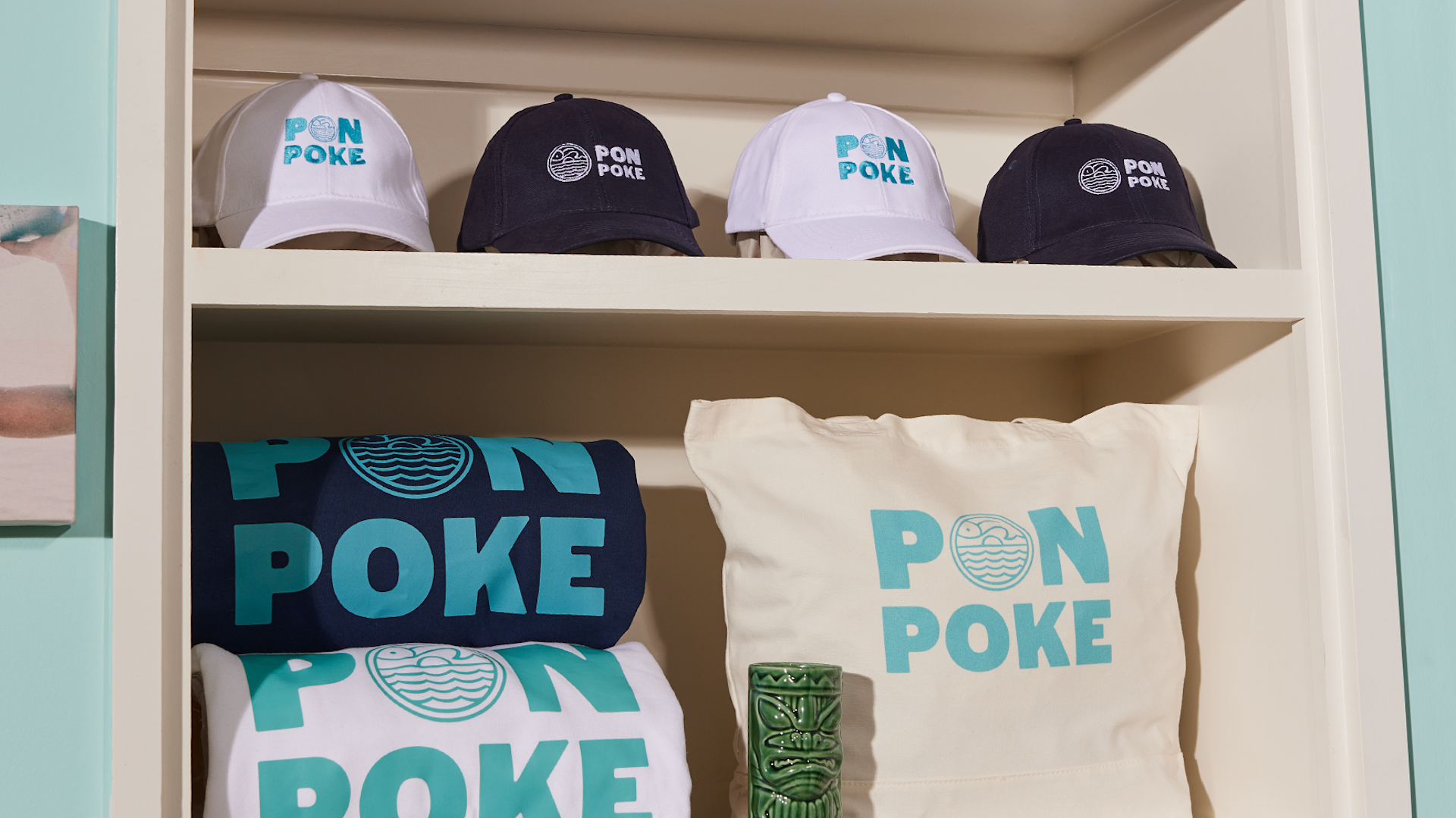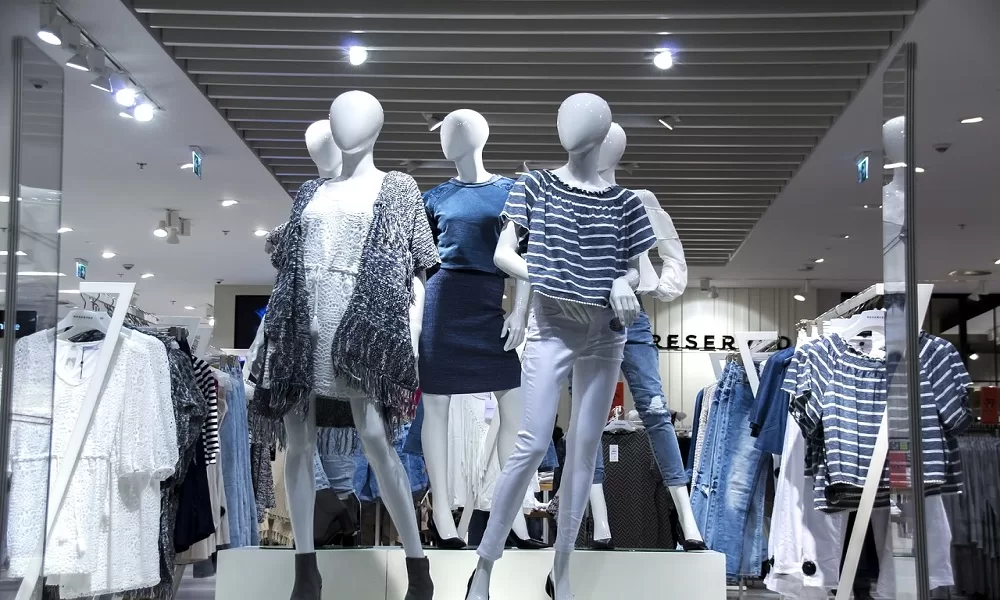Understanding Apparel: The Relevance of Fabric Choices in Your Wardrobe
The choice of textile in clothes plays a pivotal role in both looks and performance. Different products supply differing levels of breathability, toughness, and convenience, straight influencing the wearer's experience. Comprehending these subtleties can boost one's closet substantially. Lots of neglect exactly how these selections can influence not simply personal style, however likewise sustainability. What textile decisions could redefine your wardrobe and align it with both style and obligation?
The Role of Textile in Fashion and Capability

Usual Material Kinds and Their Features
When picking clothing, comprehending the characteristics of common fabric types is essential for making notified selections. Cotton, a widely-used all-natural fiber, is known for its versatility, softness, and breathability, making it suitable for sportswear and day-to-day garments. Bed linen, another natural choice, flaunts excellent moisture-wicking residential or commercial properties and an unique structure, ideal for cozy climates.Wool, frequently preferred for its heat and sturdiness, differs in excellence; merino wool is soft versus the skin, while coarser types are used for outerwear. Synthetic fabrics like polyester and nylon provide durability and resistance to creases, making them prominent for activewear and travel garments. Lastly, blends, which combine synthetic and natural fibers, can improve performance while maintaining convenience. By identifying these material features, individuals can choose garments that aligns with their lifestyle and visual choices.
Breathability and Convenience: Selecting the Right Fabrics for Different Climates
Choosing the best fabrics for various climates can greatly improve comfort and overall wearability. Breathable materials are necessary in hot environments, as they allow air flow and moisture evaporation. Fabrics such as cotton, bed linen, and moisture-wicking synthetics successfully draw sweat far from the body, keeping the wearer cool and dry. On the other hand, in colder climates, thicker materials like wool or fleece supply insulation while preserving breathability, ensuring heat without overheating.Additionally, the option of textile weight plays a vital role; lightweight textiles are better for summer season, whereas heavier options are fit for wintertime wear. Understanding the unique homes of each material makes it possible for people to dress suitably for differing weather problems. Ultimately, selecting comfortable and breathable textiles tailored to particular environments can greatly improve everyday convenience and enhance the total experience of wearing apparel.
Toughness and Treatment: Exactly How Material Impacts Long Life of Your Closet
Picking the best materials can significantly affect the durability and treatment needs of a closet. Fabrics such as cotton and polyester are understood for their resilience and simplicity of maintenance, making them ideal for daily wear. On the other hand, fragile products like silk and shoelace call for even more cautious handling and specialized cleaning methods, which can increase the moment and initiative required for care. Branded Clothing.Durability is additionally affected by the material's weave and surface; tightly woven fabrics tend to resist damage better than loosely woven alternatives. In addition, artificial blends usually provide boosted durability, combining the very best top qualities of numerous fibers.Understanding the care instructions for every fabric is necessary, as incorrect drying out or washing can lead to premature wear. Ultimately, picking durable products can lead to a longer-lasting closet, decreasing the regularity of replacements and contributing to a much more sustainable fashion choice
The Influence of Material on Fit and Silhouette

Sustainable Fabric Choices: Making Eco-Friendly Decisions
The impact of material expands past fit and silhouette to include ecological elements, prompting a growing passion in sustainable material choices. Environmentally friendly fabrics, such as natural cotton, hemp, and Tencel, are acquiring traction among customers that prioritize sustainability in their closets. These products are commonly produced with less chemicals and water, decreasing their eco-friendly footprint.Additionally, recycled textiles, made from post-consumer waste, supply a cutting-edge remedy to the fabric industry's contamination problem. Brands progressively accept transparency in their sourcing techniques, enabling consumers to make educated choices regarding their purchases.Choosing sustainable materials not just supports moral methods however likewise encourages the garment industry to embrace even more liable production techniques. As awareness of ecological concerns climbs, people are prompted to mirror on the long-term influence of their fabric options, fostering an activity towards an extra eco conscious and sustainable technique to fashion.
Boosting Style: Just How Material Can Transform an Outfit
While numerous might concentrate on color and cut when selecting an outfit, the choice of material plays an important role in raising style and enhancing general look. Various products convey distinct moods and messages; for example, silk exudes high-end and elegance, while jeans offers an informal, unwinded ambiance. The texture and drape of a fabric can substantially change the silhouette, with organized textiles supplying a sleek look and softer ones developing a more fluid, loosened up aesthetic.Moreover, the weight of the material affects wearability throughout periods. Lightweight textiles like bed linen and cotton are suitable for summertime, while larger products such as woollen and velvet supply heat and elegance in colder months. Understanding material buildings, such as breathability and stretch, also encourages individuals to make educated options that enhance comfort without compromising design. Ultimately, the appropriate textile can transform a clothing from average to remarkable, making it a vital factor to consider in any wardrobe.
Regularly Asked Inquiries
Exactly how Do I Determine the Material Content of My Apparel?
To determine fabric web content, one can analyze treatment labels, conduct melt examinations for fiber recognition, or get in touch with fabric swatches. These methods aid set apart materials, ensuring educated choices for clothes treatment and maintenance in everyday wear.
Can Fabric Option Affect My Mood or Self-confidence?
Textile option can considerably impact a person's state of mind and confidence. Branded Clothing. Certain products might evoke sensations of comfort or style, while others can feel uncomplimentary or limiting, eventually influencing self-perception and emotional well-being throughout the day
What Fabrics Are Best for Delicate Skin?
For people with sensitive skin, all-natural fabrics like cotton, bamboo, and linen are typically suggested. These materials are breathable, hypoallergenic, and less most likely to trigger inflammation, making them suitable choices for convenience and skin health.
How Do I Correctly Laundry and Take Care Of Different Fabrics?
To effectively care and wash for various materials, one have to think about each material's details requirements, consisting of temperature setups, cleaning agents, and drying out methods, guaranteeing durability and maintaining the textile's initial high qualities for optimal use.
Exist Particular Fabrics for Athletic or Performance Put On?
Athletic or performance wear often uses materials such as spandex, nylon, and polyester. These products are developed for moisture-wicking, breathability, and flexibility, enhancing activity and comfort during physical activities while offering sturdiness and support. Alternatively, in cooler environments, thicker materials like wool or fleece provide visit homepage insulation while preserving breathability, making certain heat without overheating.Additionally, the option of material weight plays an essential role; lightweight textiles are preferable for summer season, whereas heavier alternatives are fit for winter months wear. In comparison, delicate materials like silk and shoelace call for even more mindful handling and specialized cleaning approaches, which can raise the time and initiative required for care.Durability is additionally influenced by the fabric's weave and finish; snugly woven fabrics often tend to stand up to wear and tear much better than loosely woven alternatives. In comparison, rigid fabrics can restrict motion however provide a traditional, polished look.Moreover, the density and structure of the textile can affect the visual understanding of body form. The influence of material expands past fit and silhouette to incorporate ecological variables, motivating a growing interest in sustainable material options. The appearance and drape of a fabric can substantially alter the silhouette, with organized fabrics supplying a polished appearance and softer ones producing an extra fluid, loosened up aesthetic.Moreover, the weight of the material influences wearability throughout seasons.